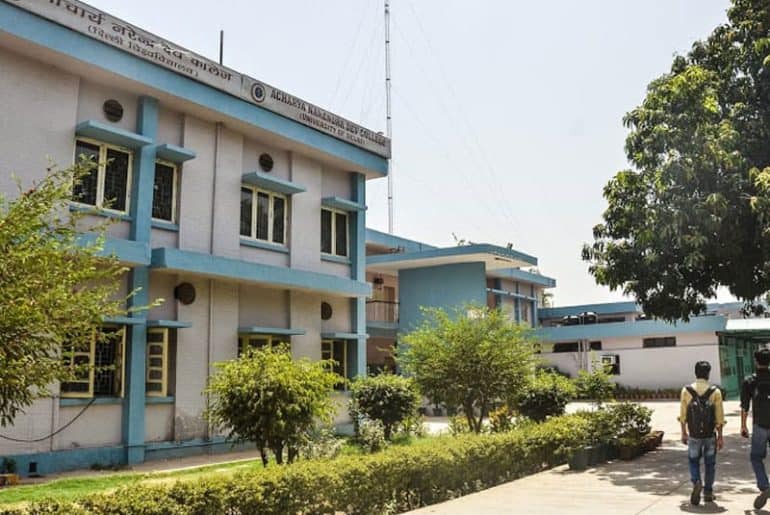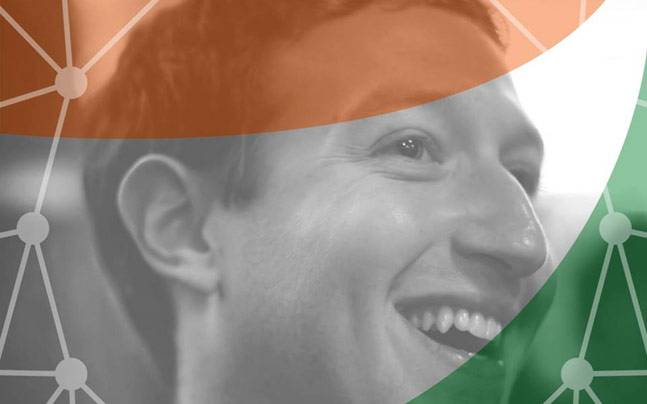Digital India, a campaign introduced by Prime Minister Narendra Modi on July 2nd, 2017, was a Government of India initiative to ensure the availability of government services to the citizens of the country, electronically. It also focused on increasing the channels of internet connectivity and building a digitally empowered society in the field of technology. “Faceless, Paperless, Cashless” is one of the professed roles of Digital India, as stated by the GOI.
While the country progressed towards a more cashless society as a direct consequence of demonetisation, its monetary implications and resultant outcomes still plague the minds of skeptics. Economic development across all sectors of the economy has been the government’s foremost agenda and it has come up with various schemes and rewards to incentivise the appropriation of a digital society.
One of the biggest motivations to switch to a digitalised economy is the ease of transactions that it has to offer. The need to carry heavy wads of cash in hand and the subsequent travelling that follows, are a major cause of inconvenience and distress to the potential customers. However, in the present framework, the physicality ceases to exist and paves way for constructive benefits.
Discounts are another attraction amongst people of all classes. It is the universal denominator of satisfaction for a rational customer, looking forward to barter transactions. The recent waiver of service tax on card transactions, along with a couple of price concession schemes and rebates has been introduced by the GOI to make digital transactions seem more lucrative.
Mobile wallet companies like Paytm offer rewards and loyalty benefits, both of which are inward benefits which help in increasing the cash flow considerably. ICICI Bank facilitates the issue of PAYBACK points to its customers on online shopping. PAYBACK is a customer loyalty program which helps its buyers earn reward points on their shopping across different product categories. It is the largest multi-brand loyalty program in India and provides its benefit across leading retail websites like Amazon, Flipkart, Snapdeal, Jabong and others when they go Via PAYBACK through their website or application. In addition to these, it also provides its audience with a reasonable variety of redemption options to choose from.
Whilst the people have a lot of monetary compensation to link themselves to when dealing in the digital currency, a plethora of non-monetary benefits follow. Online transactions have a better chance at being systematised as against regular transactions. People will find it a lot more convenient to keep a record of their spending and sequentially, it will result in better budgeting.
Online transactions pose a lesser threat in terms of loss of cash. If lost, a card or mobile wallet can be blocked almost instantaneously but it is nearly impossible to do the same when hard cash is in question. Therefore, it is a relatively safer option and also obviates the hassle of dealing with heavy currency and change.
Needless to say, the digital age is a revolution in itself and we can be sure of its steady percolation to all strata of the society, given the untiring efforts of the government to accredit the campaign through its impeccable implementation.
Feature Image Credits: The Indian Express
Lakshita Arora




